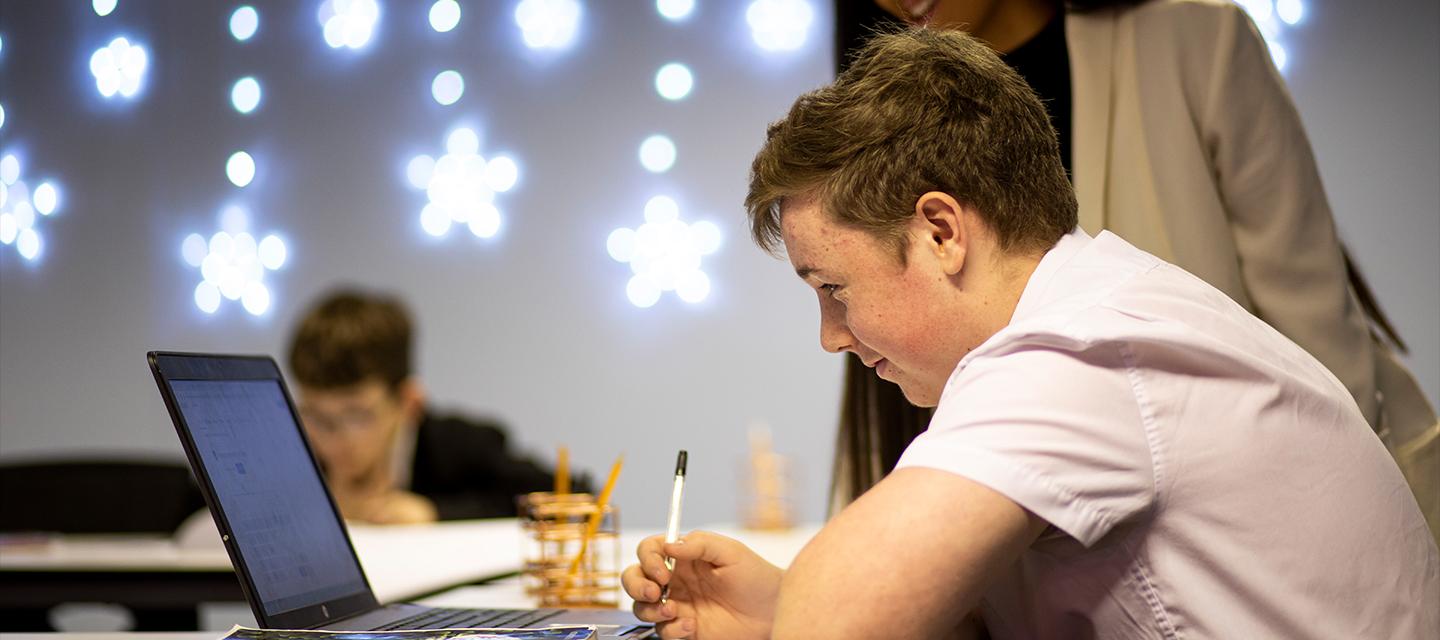Rational
The Pearson BTEC Level 1/Level 2 Tech Award in Child Development (603/7058/0) is for learners who want to acquire sector-specific applied knowledge through vocational contexts by planning, developing and adapting play opportunities suitable for young children across five areas of development as part of their Key Stage 4 learning. The qualification recognises the value of learning applied knowledge and vocational attributes to complement GCSEs.
The early years sector focuses on the learning, development and care of children in the UK, there were approximately 1.7 million Ofsted registered childcare places for children offered by many different types of early years settings in England in 2019, ranging from childminders and nannies to nurseries, crèches and preschools. Knowledge of child development is important in a variety of occupations outside of childcare and teaching, for example, in healthcare roles such as paediatricians, psychologists, occupational therapists, and speech and language therapists.
Synopsis of Study
Year 10 – Child Development
During the initial term the students cover Component One. Here they learn the about growth and development in babies and young children from birth up to 5 years. We look at how these two areas are measured and discuss the professionals who work with young children and monitor these aspects. The students look at milestones of development we would expect to see in a child from 0 – 5 years and the importance of measuring and tracking these skills in young children. Students then move on to learn about the various factors that can have an impact on a baby / young child’s growth and development. These factors could be physical, including prenatal, environmental or socio-economic. The course requires students to use case study examples where students discuss possible issues. Raising the student’s awareness of these impacts prepares them for any type of career working with young children.
In the second term of Year 10 the students complete the assessment for Component One. The exam board issues a 'child specific' tasks where students use the knowledge they have learnt to complete three reports based on three children of different ages. Task 1 will be based on the growth and development. Task 2 and 3 will be based on development milestones and the factors that could impact each child's development. The final assessment for Component One will be completed early on in the Summer term.
For the remainder of Year 10 students start to prepare for Component Two. This component looks at all aspects of play and the importance of play for a child’s development. They will study the stages of play seen in new babies up to 5 year olds. They will look at the different ways adults can structure play in an Early Years setting and the advantages and disadvantages of the various structures. Finally, they will examine the role of the adult when it comes to interacting with children as they play and how different approaches can be used depending on the activity, age of the child and their stage of development. Students will also develop their knowledge of how certain activities can promote areas of development and growth in a child. The assessment task for Component two is issued at the start of Year 11.
Year 11 – Child Development
In the September of Year 11 the exam task for Component two is released from the exam board. The assessment is divided into 3 tasks. Task 1 will focus on the stages of play and the types of play. Task 2 and 3 will as the students to planning play activities suitable for a child of a certain age. In addition, the play task should be specific to an area of development. For example, an activity for a group of 3-years-olds which enhances their social development, or an activity of a 4-year-old that enhances their cognitive development.
From January through until the end of Year 11 the main focus is the examination component, Component Three. This component investigates the individual circumstances that may impact on a child’s learning. For example, if a child has a problem with their cognitive, communication, physical or emotional and social development. We look at how this may affect behaviour, friendships, transitions and their overall learning experience. Following on from this, we look at the various ways play and learning can be adapted to ensure all children can fulfil their potential. This may involve adapting environments, activities, or even finding alternative way the adults can interact with children to help each and every child feel empowered and included when they attend an Early Years Setting. The final section of Component three is a based around health and safety when working with children in an Early Years Setting. We look at managing risks in indoor and outdoor environments and choosing age-appropriate resources. We cover internet safety for young children and we look at some basic aspects of first aid.
Methods of Assessment
Component One and Component Two are both internally assessed and together make up 60% of students final grades. Within both Components the students complete coursework style tasks that are issued by the exam board. This work is then marked by the class teacher and then externally moderated.
Component Three is assessed through a formal examination which students complete during Year 11. This exam paper makes up the remaining 40% of the students grade.
Further information
BTEC qualifications are awarded by Pearson, the UK’s largest awarding body offering academic and vocational qualifications that are globally recognised and benchmarked. For further information, please visit the Pearson’s qualifications website at qualifications.pearson.com
